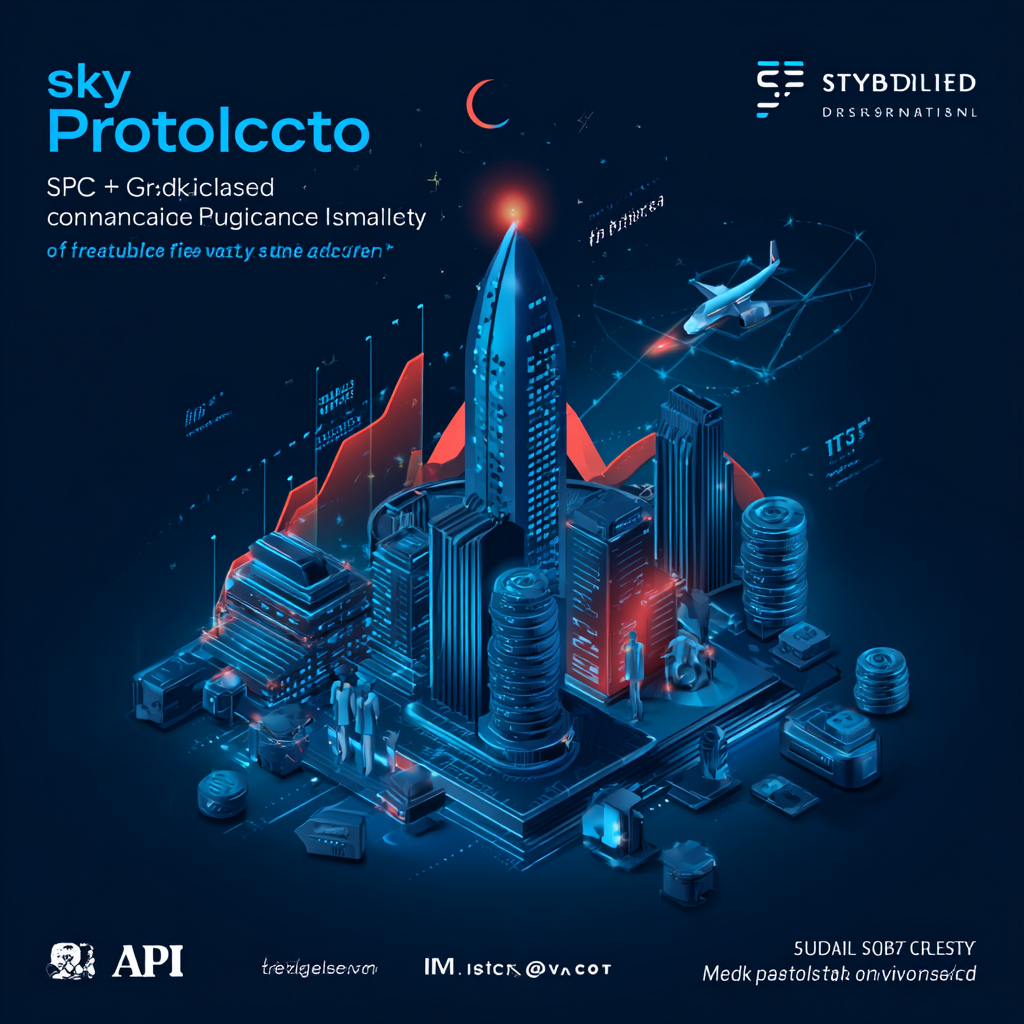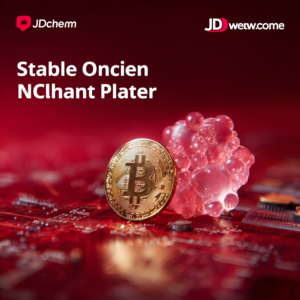
S&P Issues First Credit Score to DeFi Platform Sky Protocol
On the crisp morning of August 11, 2025, the financial world witnessed a groundbreaking development as S&P Global Ratings, a titan in the world of credit analysis, assigned a B- issuer credit rating with a stable outlook to the decentralized finance (DeFi) platform known as Sky Protocol. Now, some might scratch their heads and wonder, “What’s the big deal?" After all, it’s just another rating in a sea of financial jargon. But hold onto your hats; this isn't just any rating. This is a historic first for the DeFi industry, marking a point where blockchain-based finance struts its stuff and claims its space within the formidable realm of traditional finance.
What does this rating mean for Sky Protocol? Well, let’s first look at the shiny star of Sky’s lineup—the USDS stablecoin. With a market capitalization hovering around a staggering $7.1 billion, USDS has gracefully waltzed into the third position in the stablecoin hierarchy, trailing only the giants, USDT and USDC. This isn’t just a number; it’s a testament to the trust and utility Sky Protocol has managed to build. The B- rating wraps its arms around all Sky’s liabilities, which are not limited to USDS and other such tokens, but extend into the broader world of decentralized finance—including the DAI stablecoin and interest-earning savings tokens, sUSDS and sDAI. What a buffet!
Now, let’s unravel some key insights from this newly minted credit rating, shall we? First, it’s important to recognize that this is a historical milestone. And in a world where extraordinary is becoming alarmingly ordinary, that’s saying something. The assignment of a credit rating to a DeFi protocol by a heavyweight like S&P is like the first time someone wore jeans to a black-tie event. It sets a precedent, a glimmer of hope that maybe—just maybe—decentralized systems can play ball with conventional finance.
Second, the stable outlook means S&P has some faith in Sky Protocol’s governance and risk management. Can you hear the sigh of relief echoing through the halls of crypto enthusiasts? It seems that even in the chaotic realm of DeFi, there’s a flicker of confidence that these governance structures might hold together for at least the next year. However, before you set off fireworks in celebration, hold the phone. S&P did highlight some reasons for concern, particularly regarding governance centralization. Co-founder Rune Christensen holds a noteworthy portion—about 9%—of governance tokens. Why does this matter, you ask? Because it raises eyebrows about the dynamics of decision-making and accountability. So, yes, while there’s a stable outlook, there are clouds lingering nearby.
And if that doesn’t raise a few alarm bells, here’s another nugget: Sky Protocol’s risk-adjusted capital ratio is sitting pretty low at around 0.4% to 0.5%. That's weak—like your friend whose only job is to show up to parties but can’t tell a joke worth a damn. This sparse capital buffer could leave Sky Protocol vulnerable to financial shocks that hit harder than a rogue wave against a tiny boat. Sure, they’re innovative, but there's a fine line between creative and reckless, and this ratio is straddling that line.
Then there’s the matter of the USDS stablecoin. Its stability score? A mere “4” on S&P’s stability scale, which categorizes it as “constrained.” For comparison, USDC boasts a lower number, “2.” In simpler terms, USDS’s peg to the dollar has more wobble than a pregnancy balancer at a carnival. This speaks volumes about liquidity issues, depositor concentration, and a general lack of market confidence, which isn't great for an asset aiming for ‘stable’ status.
Let’s not forget about the dread of regulatory uncertainty looming over Sky Protocol, reminiscent of dark clouds before a summer storm. The nature of DeFi opens the floodgates to unpredictable regulations that could shake things up in ways no one can foresee.
In a riveting twist, S&P's rating beams like a lighthouse, guiding institutional investors through the fog of uncertainty that often shrouds DeFi. The mere act of assigning a credit rating is more than just a financial assessment; it's the kind of embrace traditionally conservative financiers need to ease into the waters of decentralized markets. Such recognition by a stalwart agency means institutional and traditional investors now have a more reliable anchor when judging the risks associated with engaging in DeFi.
The impact here is monumental. With the assignment of a credit rating to Sky Protocol, the DeFi space takes a significant step toward integration with its traditional counterpart. Investors can now refer to these ratings as baked-in risk assessments that shed light on the murky waters of DeFi. Not to mention, it encourages other DeFi protocols to enhance governance and build stronger capital bases. It’s a win-win, albeit with a few strings attached.
Looking towards the horizon, one can't help but fantasize about the creation of new financial instruments. Imagine structured products that bring DeFi assets under the shadow of formal credit assessments—yes, that’s the dream! As we inch toward regulatory clarity, both agencies and protocols might find themselves collaborating over shared standards that could shape the future of finance as we know it.
Now, squeeze out this juicy summary. The assignment of this credit rating to Sky Protocol signifies a significant acknowledgment of the evolving landscape of decentralized finance in the eyes of traditional institutions. Institutional participants are likely to glean newfound insights into risk assessment, ushering in an era of broader credit standards in evaluating DeFi projects. This will inevitably enhance transparency and comparability—a good thing, indeed!
So, as we stand on the precipice of change, let us not forget to embrace the innovation and potentialities the DeFi world presents. Sure, one nonchalantly tossed credit rating isn't going to solidify the entire decentralized landscape overnight, but it's a step—a hopeful step—into a new financial realm where decentralization and traditional finance coexist, paving the way for broader acceptance.
Want to stay up to date with the latest news on neural networks and automation? Subscribe to our Telegram channel: @channel_neirotoken

